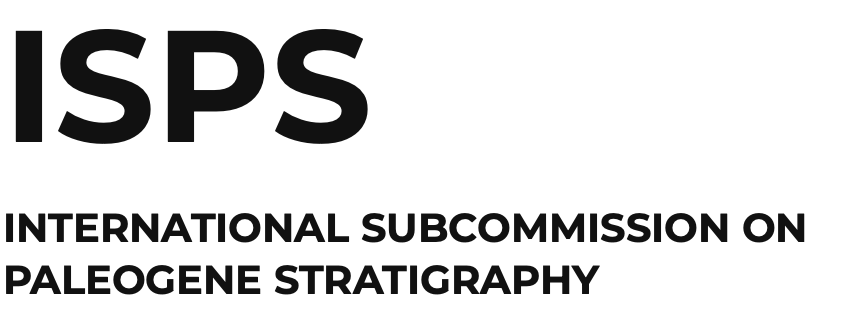Report 2005 of the Lutetian-Bartonian Boundary Working Group
The work of the Lutetian-Bartonian Boundary Working Group during 2004 and 2005 has focused on identifying stratigraphic events which could serve as guide horizons for the base of the Bartonian. The early focus of the working group was on identifying a biostratigraphic event that could serve as a definition of this boundary and be recognized in marine sections worldwide. Examination of numerous biostratigraphic events associated with the late Lutetian and early Bartonian convinced the working group that there was not a single bioevent of global magnitude that could serve as a boundary definition and preserve the historical concept of both the Lutetian and Bartonian Stages. At the Symposium on the Paleogene in Leuven during August, 2003, the working group reported to ISPS that it was investigating the base of magnetic polarity chron 19N as a defining event for the base of the Bartonian. There were several practical and historical reasons to choose polarity chron 19N as the base of the Bartonian. On the practical side, a magnetic event is a truly a global event and in geological terms, an instantaneous one. Additionally, magnetic events can be recognized in both marine and non-marine sections. From an historical perspective, the base of the Bartonian has been associated with chron 19N for nearly 30 years (Hardenbol and Berggren, 1978) and the selection of the base of polarity chron 19N truncates neither the Lutetian or Bartonian “unit stratotypes” in northwestern Europe.
For the base of chron 19N to be a useful definition of the base of the Bartonian Stage, its correlation potential must be demonstrated. The working group has determined that the following biostratigraphic events may be useful for correlation to the base of the Bartonian:
Planktonic Foraminifera
Lowest stratigraphic occurrence of Hantkenina alabamensis
Lowest stratigraphic occurrence of Turborotalia pomeroli
Highest stratigraphic occurrence of Guembelitrioides higginsi
Calcareous Nannofossils
Lowest stratigraphic occurrence of Reticulofenestra reticulata (not the
extinction event of R. reticulata as reported in Gradstein et al., 2004)
Larger Foraminifera
The base of Tethyan Shallow Benthic Zone (SBZ 7) of Serra-Kiel et al.
(1998)
The lowest stratigraphic occurrence of the genus Lepidocyclina (Gulf of
Mexico and Caribbean regions) Recent field work in the Gulf Coastal Plain of the United States suggests that these biostratigraphic markers can be used to identify Bartonian aged rocks. In outcrops from Texas to Alabama, calcareous nannofossils, planktonic foraminifera, and larger foramifera permitted separation of the Bartonian aged rocks from the underlying Lutetian. Other biostratigraphic markers such as smaller calcareous benthic foraminifera may be useful in regional correlation.
The section along the Contessa Highway near Gubbio, Italy is of special interest to the working group. Historically, this section has been the focus of important biostratigraphic studies of planktonic foraminifera and calcareous nannofossils. The Contessa Highway section also contains an excellent magnetic stratigraphy record in the Paleocene and Eocene.
Field work in August, 2004 showed the section to be well exposed with the key marker beds and sample locations identifiable. The key part of the section with regard to the base of the Bartonian is behind a chain-link net to control slumping. Samples can still be collected from the Contessa Highway section and this exposure remains important to future work.
The working group hopes to complete its work and propose a GSSP for the Bartonian by 2008.
Report by Richard H. Fluegeman, Chairman

